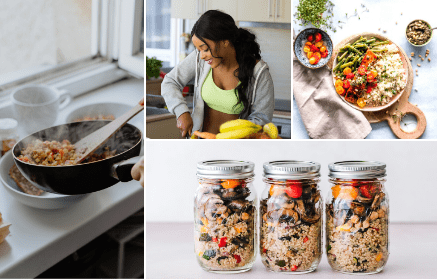Have you ever tasted quinoa? Although the popularity of this superfood is growing, it is still unknown to many people. That is a mistake. Quinoa is nutritionally very interesting, so we decided to prepare an article for you, in which you will find all the necessary information about this pseudo-cereal.
Quinoa – plant and its origin
Quinoa is the name for the seeds of the Chenopodium quinoa plant, native to South America. It is classified as a pseudo-cereal because it does not belong to the family Poaceae which includes cereals such as wheat, barley, millet, maize or rice. The pseudo-cereals term refers to plants outside the above-mentioned family whose seeds are consumed in the same way as cereal grains. Quinoa is not the only pseudo-cereal, other plants such as buckwheat or amaranth are included in this category as well. It is a unique deciduous plant that grows to a height of 90 to 270 cm, and its seeds can have different colours, such as yellow, red, purple or black. [3] [4] [5]
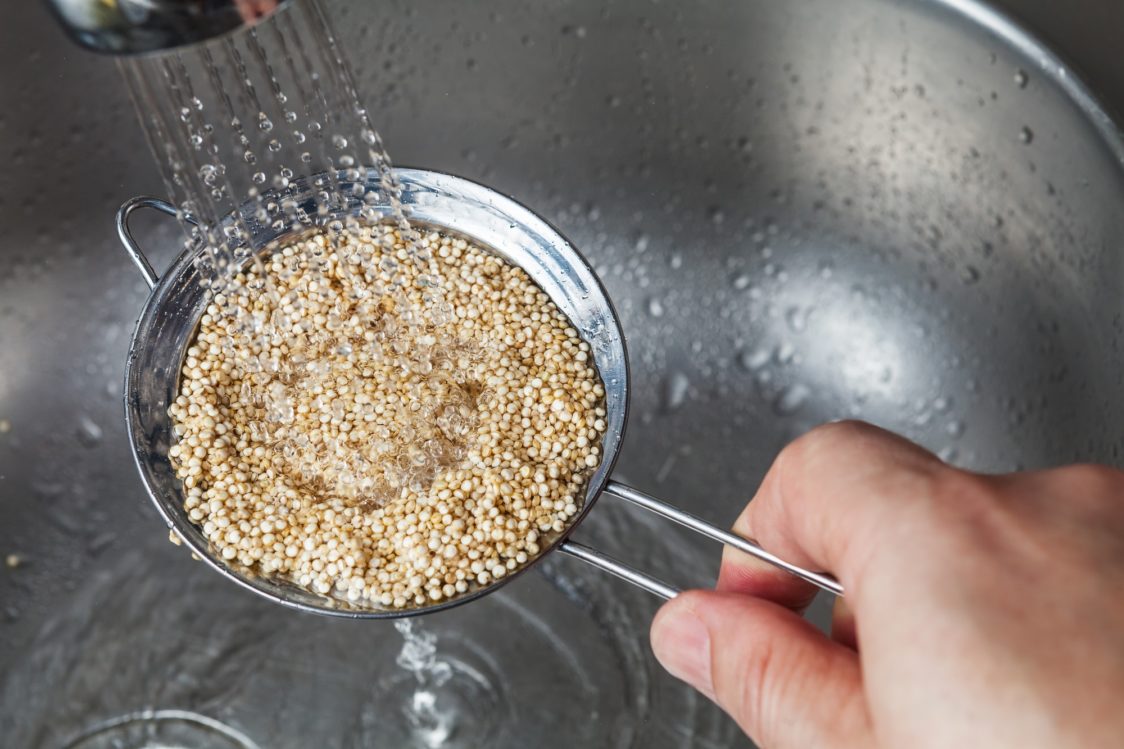
Quinoa is a relatively new and exotic pseudo-cereal in our area, but its history is longer than it may seem. It comes from South America, more precisely the areas around Lake Titicaca in Peru and Bolivia. The domestication of quinoa is estimated at 3,000 – 5,000 years BC. In the pre-Columbian period, it was one of the basic foods of the local inhabitants. With the arrival of the Spanish colonizers, it was replaced by other cereals, but fortunately it has not disappeared completely and is still available and popular today. The 5,000-year-old plant had a special place for the Incas, because they called it the “Mother of All Grains“, and they even considered it a sacred and divine gift. [1] [2]
You might be interested in these products:
Quinoa and its exceptional nutrient content
The Incas once worshiped quinoa, and even in this modern age, it certainly deserves recognition for its nutrient content. Quinoa has a high content of protein and fibre, but a low content of fat. It is one of the few plant sources that can be classified as a full-valued source of protein, because it contains all 9 essential amino acids. You can find several vitamins and minerals in it, and last but not least, it is gluten-free. For a better overview, we present you a list of nutrients contained in this exceptional cereal [6] [7]:
Benefits of consuming quinoa
A complex source of nutrients
As mentioned in the previous section, quinoa is an exceptional plant, and although it is not technically a cereal but a pseudo-cereal, it is considered a whole grain food. The nutritional content of quinoa is suitable also for consumers with a specific diet, including vegans, vegetarians or celiacs. It has several advantages for athletes and active people, or people with a desire to reduce weight [6]:
- It is a source of protein containing all 9 essential amino acids – finding a plant source that includes all essential amino acids is not easy. This is also the reason why various vegan proteins are made from a mixture of multiple sources. Quinoa meets all the criteria and therefore contains all the essential amino acids.
- It has a minimum fat content – quinoa naturally has a minimum fat content, which is only 6 g per 100 g in the raw state. But if you are trying to reduce or maintain optimal weight, quinoa is a great solution also thanks to its protein content. These have a positive effect on the acceleration of metabolism, thanks to their thermic effect.
- It contains a spectrum of vitamins and minerals – quinoa is a so called natural “b-complex” thanks to its content of vitamins A, E and seven B-group vitamins. In addition to them, several minerals are part of quinoa as well, such as zinc, magnesium or iron.
In addition to the content of macronutrients and vitamins or minerals, Quinoa is also characterized by the presence of flavonoids, polyphenols and phytosterols. Polyphenols, including tannins, flavonoids and phenolic acids, are equally important components of quinoa. These are bioactive ingredients and secondary plant metabolites that can be useful thanks to their antioxidant, antimicrobial, anti-inflammatory or antitumor effects. [10] [11]
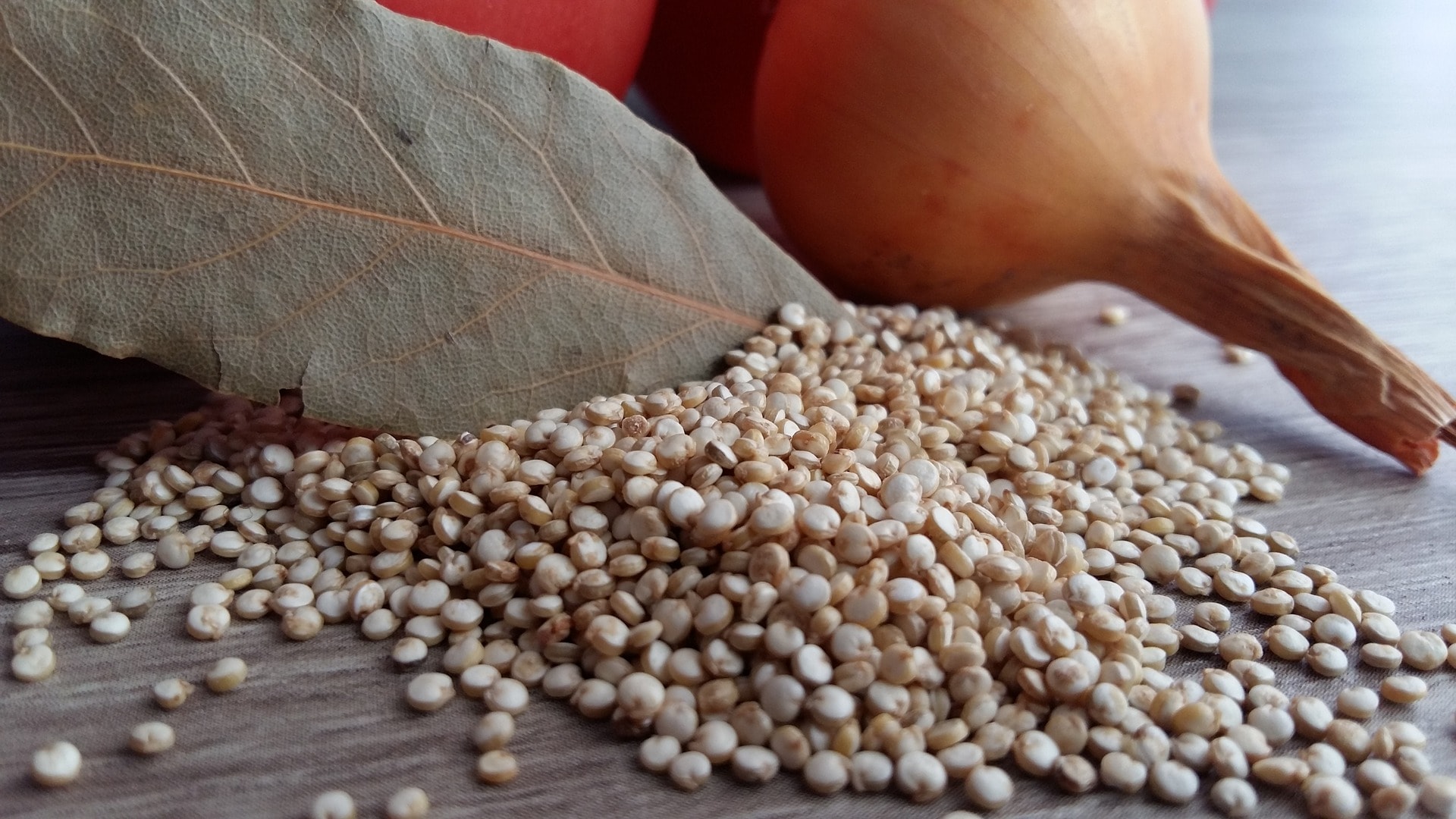
It is a gluten-free food
Quinoa is not only easy to prepare and rich in nutrients, making it considered a superfood. One of its key advantages is that it does not contain gluten, and therefore it is suitable also for people suffering from celiac disease and people with various allergies to gluten. For many people today, it is important to limit their intake of gluten, even without celiac disease and other gluten intolerances. According to a research carried out in 2013, one-third of the US population is trying to partially or completely reduce dietary gluten. At the same time, it should be added that a gluten-free diet may not be the most suitable solution for people without problems with digesting gluten. In scientific circles, this type of diet is still the subject of debate for a “non-celiac” people. Quinoa is naturally gluten-free and a source of fibre and other nutrients. Whether you are celiac or just trying to reduce gluten in your diet, quinoa will be a great addition to your diet. [6] [8] [9]
Would you like to learn more about gluten, celiac disease and a gluten-free diet? You can find all the necessary information in our article – Gluten – is it really harmful for each of us?
It is easy to prepare
Quinoa is relatively easily available in several grocery stores or supermarkets. It exists in three basic types – white, red or black, but today quinoa is cultivated into 120 different species. Its natural components are saponins, they are components whose task is to protect the plant from insects. You can easily get rid of saponins by washing quinoa in water before cooking, but it is true that some manufacturers sell it already washed. You can quickly and easily prepare quinoa just by adding raw quinoa and water in a 1:2 ratio to the pot, and finally add salt. It needs to be cooked for 15 – 20 minutes and then it can be served. [6] [12]
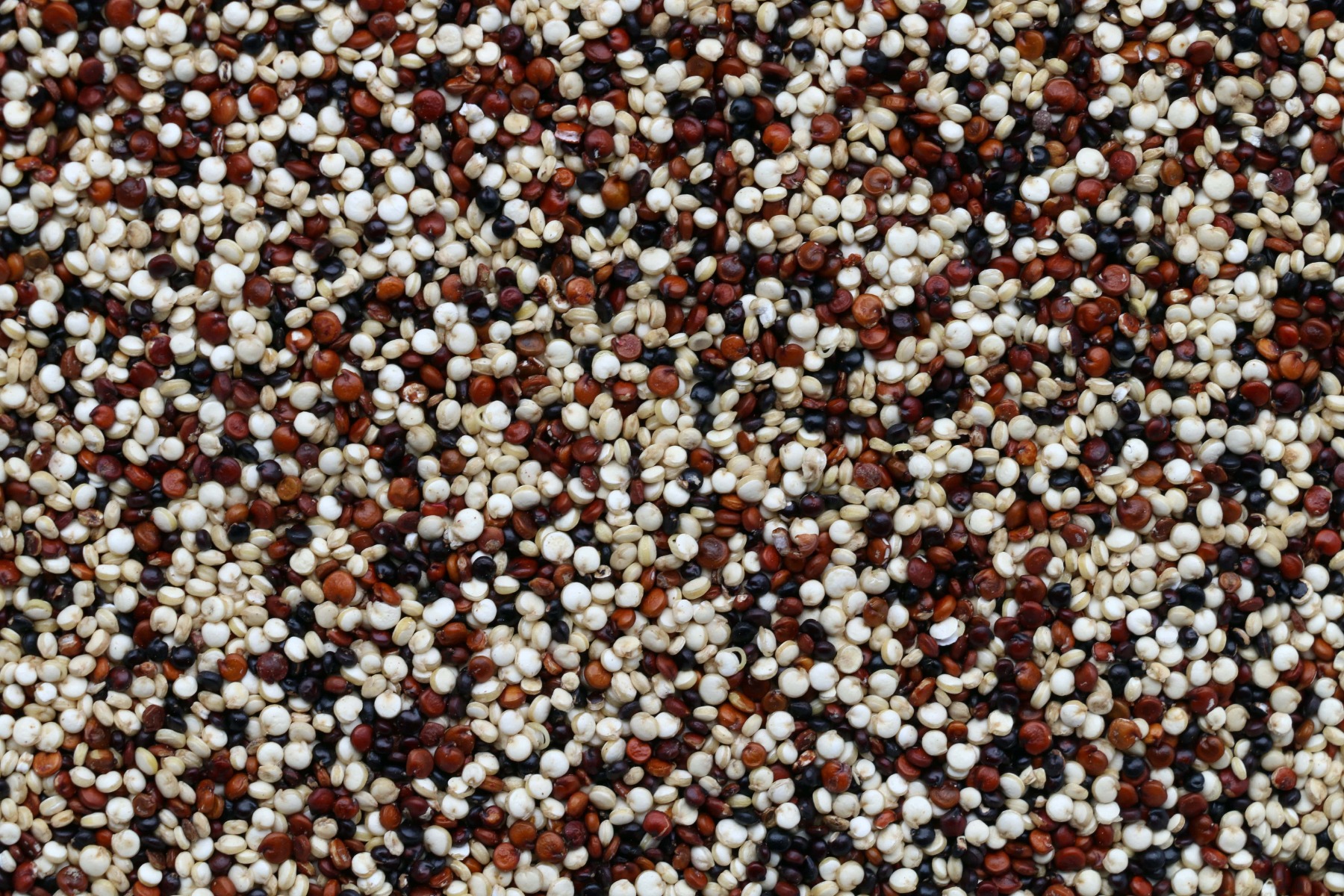
It is suitable as part of breakfast, lunch, dinner or desserts. You can use it to substitute your morning cereals, as a side dish to your main course or add it to salads. However, it is best and safest to consume it cooked. There is no official guideline about consuming raw quinoa, and no matter how you plan to consume it, you should always wash it beforehand. This is because a moist environment is formed during the germination of the plant, which can cause bacteria to grow. This is not exactly safe, so we would recommend you not to consume quinoa in an uncooked state. There are really many possibilities to use it, there are no limits to your imagination, and the best part is that you can use it in both sweet and salty recipes. Add it to a smoothie, pudding or energy bar, to a salty cake, pancake or even to a burger. [2] [13] [22]
Disadvantages of consuming quinoa
In general, quinoa is not a food with undesirable effects. If you rinse it thoroughly in water before cooking, you will reduce the content of saponins which can give it a bitter taste. Quinoa contains two components that are not exactly positive – phytates and oxalates. Phytates can reduce the absorption of iron or zinc. However, you can reduce their content in quinoa by soaking it. In addition, recent studies have shown that this effect occurs only at high doses of phytates in combination with poor nutrition. A study carried out in 1999 examined the reduction of phytate content by cooking, soaking, germination and fermentation. The content of phytates was reduced by 4 – 8% by cooking, 35 – 39% by germination, 61 – 76% by soaking and 82 – 98% by fermentation. By washing and soaking the quinoa before boiling, you can reduce also its content of the negative components, which are oxalates. It is a natural ingredient in several foods, such as spinach and beetroot. Oxalates bind to calcium in the digestive tract and leave the body in form of stool. Unbound oxalates travel through the blood to the kidneys and are excreted in the urine. In the case of a lack of fluids in the urine and a high dose of oxalates, crystals are formed, but with the increase of crystals and their association, kidney stones are formed. There are different types of kidney stones, but up to 8 – 10 of them are calcium oxalate stones. In case of sensitive people, kidney stones may form, but as mentioned, these effects can be reduced by rinsing and soaking the quinoa. [14] [15] [16] [17] [18]
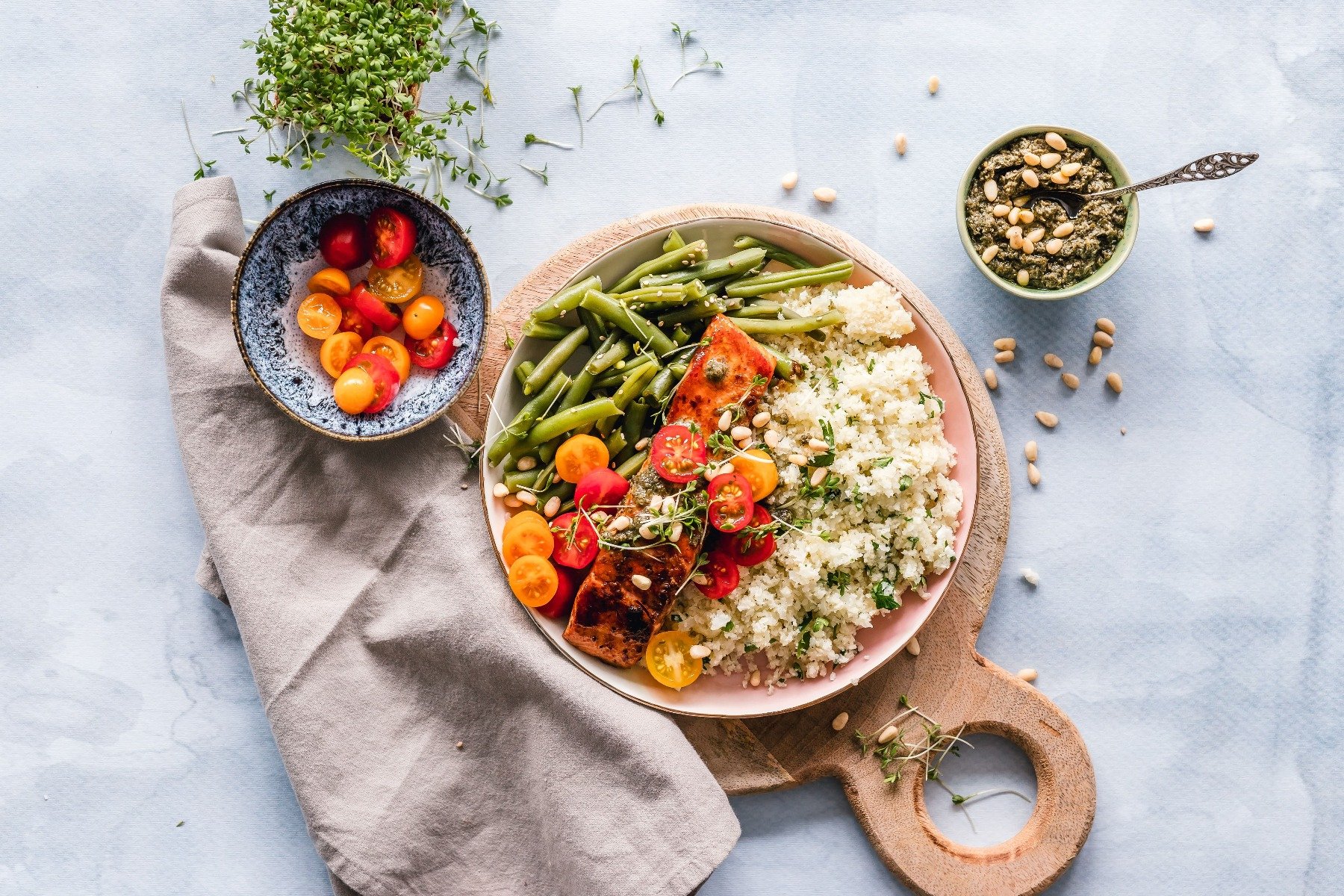
Quinoa or rice?
Quinoa is versatile in use and it is suitable for breakfast, salads or as a side dish to other meals. White quinoa even remotely resembles rice, so it is advisable to consider whether it is a better or worse alternative.
Rice is a staple food for a large proportion of people on the Earth, and its consumption has several benefits. Like quinoa, it is gluten-free and contains several minerals, such as magnesium, manganese and selenium. It is characterized by low levels of sodium and fat and it does not contain cholesterol. [19]
The disadvantage of white rice is for example its high glycemic index, which means that your blood sugar level will rise rapidly after its consumption. In addition, you will find 15 times more carbohydrates in one cup of white rice than in the same amount of quinoa, and it also contains more calories. Quinoa can boast twice the protein content and higher fibre content (5 g more than in white rice). [20]
However, the comparison of quinoa with brown rice has showed less significant differences. Brown rice is generally known as a healthier variant of white rice. It has a lower glycemic index and a high fibre content. Quinoa and brown rice have similar calorie, fibre and micronutrient contents. The difference is in the proportions of minerals, because brown rice contains more manganese and selenium, while more iron and magnesium can be found in quinoa. They also differ in potassium content, a cup of quinoa contains 318 mg of potassium, while white rice contains only 55 mg of it. An important difference is also the fact that quinoa, unlike rice, is a full source of protein, which is important information for athletes and physically active people. Overall, quinoa is better than white rice and comparable to brown rice, but from a nutrient point of view, quinoa is more beneficial. We can therefore consider it the best choice. [20] [21]
The aim of this article was not to present quinoa as the best source of nutrients, which should now be the most important component of your diet. Although the Incas worshiped quinoa, for now it is enough that you will not be worried about this exotic pseudo-cereal. Feel free to include it in your diet, experiment and look for great recipes. Do you want your relatives and friends to get to know quinoa and the benefits of its consumption, too? Feel free to support this article by sharing.
[1] ORIGIN AND HISTORY – http://www.fao.org/quinoa-2013/what-is-quinoa/origin-and-history/en/?no_mobile=1
[2] Amanda Fiegl - Quinoa, the Mother of Grains – https://www.smithsonianmag.com/arts-culture/quinoa-the-mother-of-grains-1-57670322/
[3] Quinoa – https://www.newworldencyclopedia.org/entry/Quinoa
[4] Julie R. Thomson - Quinoa's 'Seed Or Grain' Debate Ends Right Here – https://www.huffpost.com/entry/quinoa-is-not-a-grain_n_59380558e4b0aba888ba7b44
[5] Quinoa History and Origin – https://www.ancientgrains.com/quinoa-history-and-origin/
[6] Kris Gunnars - 11 Proven Health Benefits of Quinoa – https://www.healthline.com/nutrition/11-proven-benefits-of-quinoa
[7] Quinoa, uncooked – https://nutritiondata.self.com/facts/cereal-grains-and-pasta/5705/2
[8] Jessie Szalay - Quinoa: Health Benefits & Nutrition Facts – https://www.livescience.com/50400-quinoa-nutrition-facts.html
[9] Dana Sparks - Making Mayo’s Recipes: Eat quinoa for breakfast, lunch and dinner – https://newsnetwork.mayoclinic.org/discussion/making-mayos-recipes-eat-quinoa-for-breakfast-lunch-and-dinner/
[10] Abugoch James LE - Quinoa (Chenopodium quinoa Willd.): composition, chemistry, nutritional, and functional properties – https://www.ncbi.nlm.nih.gov/pubmed/19878856
[11] Jin Hwa Park, Yun Jin Lee, Yeon Ho Kim, Ki Sun Yoon - Antioxidant and Antimicrobial Activities of Quinoa (Chenopodium quinoa Willd.) Seeds Cultivated in Kore – https://www.ncbi.nlm.nih.gov/pmc/articles/PMC5642801/
[12] Megan Ware - Health benefits of quinoa – https://www.medicalnewstoday.com/articles/274745
[13] Angela Dowden - Can You Eat Quinoa Raw or Uncooked? – https://www.livestrong.com/article/354323-can-you-eat-quinoa-raw-or-uncooked/
[14] Adda Bjarnadottir - Quinoa 101: Nutrition Facts and Health Benefits – https://www.healthline.com/nutrition/foods/quinoa
[15] Phytates – https://nutritionfacts.org/topics/phytates/
[16] Atli Arnarson - Phytic Acid 101: Everything You Need to Know – https://www.healthline.com/nutrition/phytic-acid-101
[17] Valencia S, Svanberg U, Sandberg AS, Ruales J - Processing of quinoa (Chenopodium quinoa, Willd): effects on in vitro iron availability and phytate hydrolysis. – https://www.ncbi.nlm.nih.gov/pubmed/10627836
[18] Jessianna Saville - What are Oxalates and Why are They a Concern for Kidney Disease Patients? – https://www.kidney.org/atoz/content/what-are-oxalate-kidney-stones
[19] Annette McDermott - Quinoa vs. Rice: The Health Benefits of Each Grain – https://www.healthline.com/health/food-nutrition/quinoa-vs-rice#1
[20] Gillie Houston - What’s Better For You: Quinoa or Rice? – https://www.myrecipes.com/healthy-diet/whats-better-quinoa-or-rice
[21] Moira Lawler - 6 Reasons Quinoa Is Better Than White Rice for Weight Loss – https://www.everydayhealth.com/diet-nutrition/your-weight-loss-foods-eat-quinoa-instead-white-rice/
[22] Rachel Swalin - 14 Ways to Add Quinoa to Your Diet – https://www.health.com/food/14-ways-to-add-quinoa-to-your-diet

